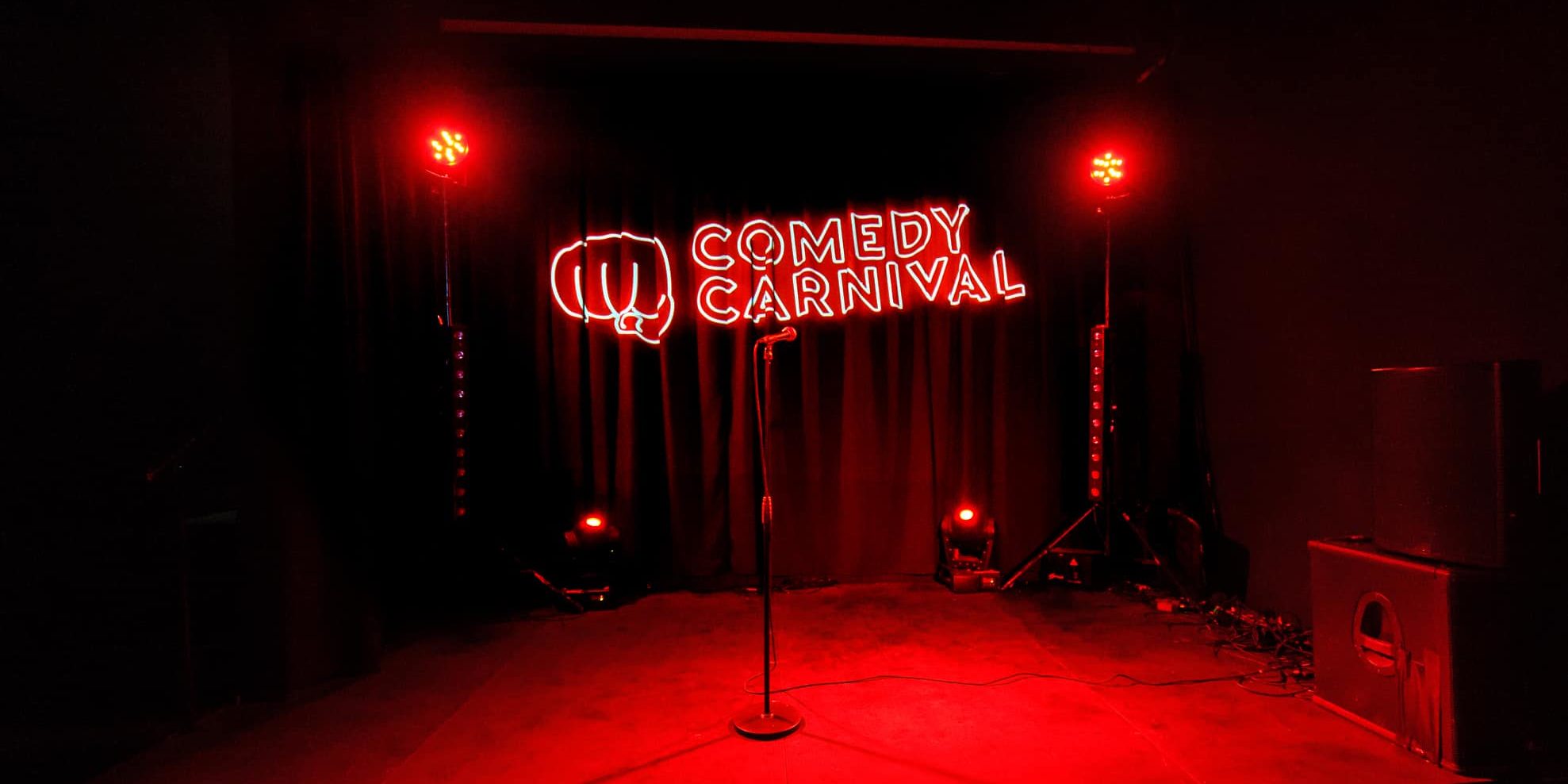As the old adage goes, laughter is the greatest medicine, right? If we wanted to speak more literally, we could say that laughter is perhaps the oldest medicine, as comedy – in some form of another – has existed since humans knew how to speak and communicate with one another.
But when it comes to stand-up comedy, how has the circuit changed over the years? From the 1980s to the subversive 1990s, stand-up comedy has gone through substantial changes, especially as comedy moved from intimate club venues to televised specials reaching millions of people across the world. In the following blog, we’re going to take a look at the roots and evolution of stand-up comedy over the years, and where stand-up comedy is headed in 2023 and beyond. Let’s take a look!
The dark origins of stand-up comedy
While comedy today is an inclusive and respected art form, something that many of us – especially those in the UK and Europe – might not know is that prejudice and racial stereotyping actually played a formative role in early stand-up comedy.
In the 1840s – when segregation was still active in the United States – “minstrel shows” became a popular form of entertainment for white audiences: minstrel shows were effectively a form of vaudeville comedy, but were typically performed by white actors in blackface, or dressed in exaggerated Native American costumes. At the same, these shows were rightly criticised by abolition campaigners for their role in perpetuating harmful stereotypes, and continue to be critiqued to this day when studying old forms of media. While these shows are now thankfully a thing of the past, minstrel shows continued to be performed into the mid 1900s.
Stand up comedy in the 20th century
Fortunately, minstrel shows are no longer associated with stand up comedy, and the beginning of the 20th century saw a massive change in how comedy was performed both in the UK and the USA. It’s important to note that the UK and the USA played an incredibly formative role in the evolution and propagation of stand-up comedy as an entertainment form, especially when it came to opening actual comedy clubs. While comedy has been performed all over the world in some form or another, dedicated comedy clubs only began to open in mainland Europe in the 1980s and 1990s.
Back to the early 20th century, monologue-style stand up comedy nights became popular in the 1930s and 40s, mastered by predominantly Jewish comedians in the Borscht Belt in New York; these comedians would offer their audiences stereotypical gags that were easily accessible to the everyday man; jokes about a pushy mother-in-law, a nagging wife, a horrible boss – you get the gist. During the early years of stand-up comedy, it’s also helpful to point out that it wasn’t exactly the most diverse profession; female comedians and comedians of colour were few and far between.
In the post-war period, stand-up comedy moved from theatres and bars into dedicated comedy clubs, as well as nightclub venues; here you could find young comics such as Joan Rivers – one of the first female stand-up comedians – as well as Lenny Bruce, Don Rickles, and Alan King.
In the 1980s and 90s, the role of satellite television changed stand-up comedy; comedians such as Jerry Seinfeld – who had begun their career on the comedy circuit – instead took their comic talents to the small screen, and many other talents also swapped the stage for the screen. Elsewhere in the UK, stand-up comedy in the 1980s and 1990s was pioneered through masterful performers such as Rik Mayall and George Roper, and comedy shows were routinely broadcast on the BBC and other mainstream networks.
Comedy in the 21st Century
Today in the 21st century, stand up comedy has evolved into a somewhat niche art form, especially the dedicated comedy club itself. While many mainstream comedians now sign million-pound deals for comedy specials with streaming services like Netflix, the popularity of the intimate comedy club continues to rise amongst young people. And why wouldn’t it? The appeal of comedy clubs is being treated to an intimate comedy performance – perhaps even some back-and-forth with a comedian – all without a televised audience and a dozen cameras rolling behind you.
Another recent positive change in stand-up comedy is the diversification of the art form; there are now more women and ethnic minorities performing stand-up than ever before, especially in the UK comedy circuit.
It’s also important to point out how technology – especially social media – has changed the art of stand-up comedy; many comedians – such as Dave Chappelle – now prohibit audience members from bringing smartphones into the theatre. Others, such as American comedian Pete Davidson, have also lambasted their fans for using their smartphones during sets.
It’s not difficult to understand why; not only does filming a set ruin the experience for those who have paid to watch it, but it takes away the intimate nature of the comedy club experience.
Overall, it’s clear that stand-up comedy has evolved substantially since its early days, turning from a prejudiced performance into an inclusive and beloved art form. And with streaming deals, upcoming talent, and the unlimited reach of social media, it looks set to continue changing in the years to come.



